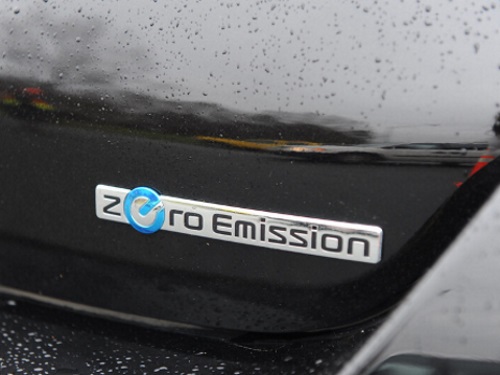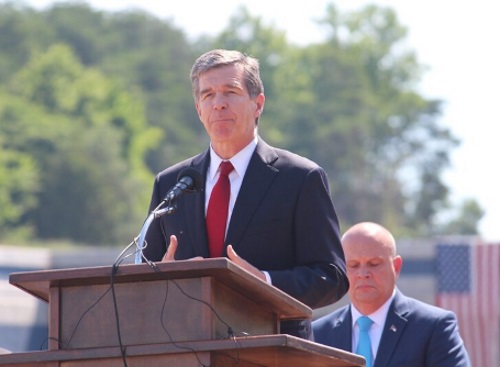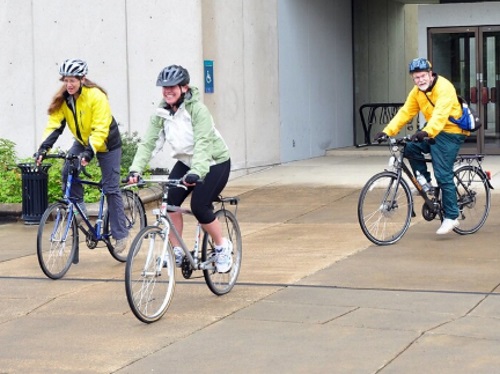FEDERAL ACTION
Top White House environmental justice official to depart post – CNN
Five Parts of the Infrastructure Bill You Might Have Missed – Government Technology
US AGs Call for ‘Prompt Suspension’ of LNG Transport by Rail Rules – Natural Gas Intelligence
Amtrak struggles to recover from winter weather challenges – Trains
As spending bill stalls, Biden climate goals remain elusive – Washington Post
COVID-19
What the Pandemic’s ‘Open Streets’ Really Revealed – Bloomberg CityLab
Transit agencies concerned about impact of Omicron variant – RT&S
Gallup: U.S. air travel still down as working adults curtail trips – UPI
NEPA
Lake Restoration Solutions begins NEPA assessment process – Daily Herald
Attorney General Bonta Asks Ninth Circuit to Review Ruling in Litigation Challenging San Bernardino Warehouse Project – California Attorney General (Media Release)
INFRASTRUCTURE RESILIENCE AND SUSTAINABILITY
After I-95 fiasco, a ‘road weather’ expert digs into snow, ice and jackknifed trucks – Washington Post
Lessons from Washington Metro, America’s Last Great Subway System – Governing
Why Infrastructure is First Step in Electric Vehicle Transition – Trucks.com
In frozen ports on Lake Superior, it’s up to tug operators to keep shipping channels open – Park Rapids Enterprise
Waze adds EV charging station locations to its driving map – Mashable
Kansas City Airport installs wireless electric bus charging system – Future Travel Experience
AIR QUALITY
With executive order, governor targets transportation for next NC emissions cuts – News & Observer
How Six States Could Transform the U.S. Trucking Industry – CityLab
GM recognizes California’s authority to set vehicle emissions rules – Reuters
Pollution in the West: ‘You could travel a hundred miles and not find air quality that is any better’ -Deseret News
ENVIRONMENTAL JUSTICE
Public Transit Systems Refocus on Their Core Riders – Wired
Maine grants to improve senior transportation in rural areas – AP
Public Transit Systems Refocus on Their Core Riders – Wired
Oakland Gives $150 Prepaid Cards for Use on Transit, Bike, Scooter Programs – Bay City News
NATURAL RESOURCES
Florida has lost 44% of its wetlands since 1845. What is the environmental impact? – Northwest Florida Daily News
HEALTH AND HUMAN ENVIRONMENT/ACTIVE TRANSPORTATION
Europe to put bicycles front and center in mobility plans – Momentum
What happened to the 1,300 Lime bikes that vanished from South Bend? – South Bend Tribune
Transit, cycling and pedestrian improvements begin as part of BC’s Highway 99 Tunnel Program – Mass Transit
Houston bike share hopes to expand transportation options in underserved communities – KUHF Radio
How e-mobility is driving a foundational shift in transportation – Intelligent Transport
Electric bicycles, scooters, hoverboards banned from St. Pete Beach – St. Pete Catalyst
Ozarks Transportation Organization seeks input on sidewalks & on-street bicycle and pedestrian lanes – KYTV-TV
TRB RESOURCES/ANNOUNCEMENTS
TRB Annual Meeting And The Sustainability and Emerging Transportation Technology Conference Conference Preview – AASHTO’s ETAP Podcast
Transportation in an Aging Society – The Future is Now – TRB (Webinar)
How universities and the Transportation Research Board find solutions together through science and innovation – Thinking Transportation (Podcast)
FEDERAL REGISTER NOTICES
Regional Infrastructure Accelerator Demonstration Program – Build America Bureau, USDOT (Notice of funding opportunity)
Ozark National Scenic Riverways; Motorized Vessels – National Park Service (Proposed rule)
Membership in the National Parks Overflights Advisory Group – FAA (Solicitation of applications)
National Oceanic and Atmospheric Administration Public Comment on the Annotated Outline of the Fifth National Climate Assessment – NOAA (Notice of request for public comment)




